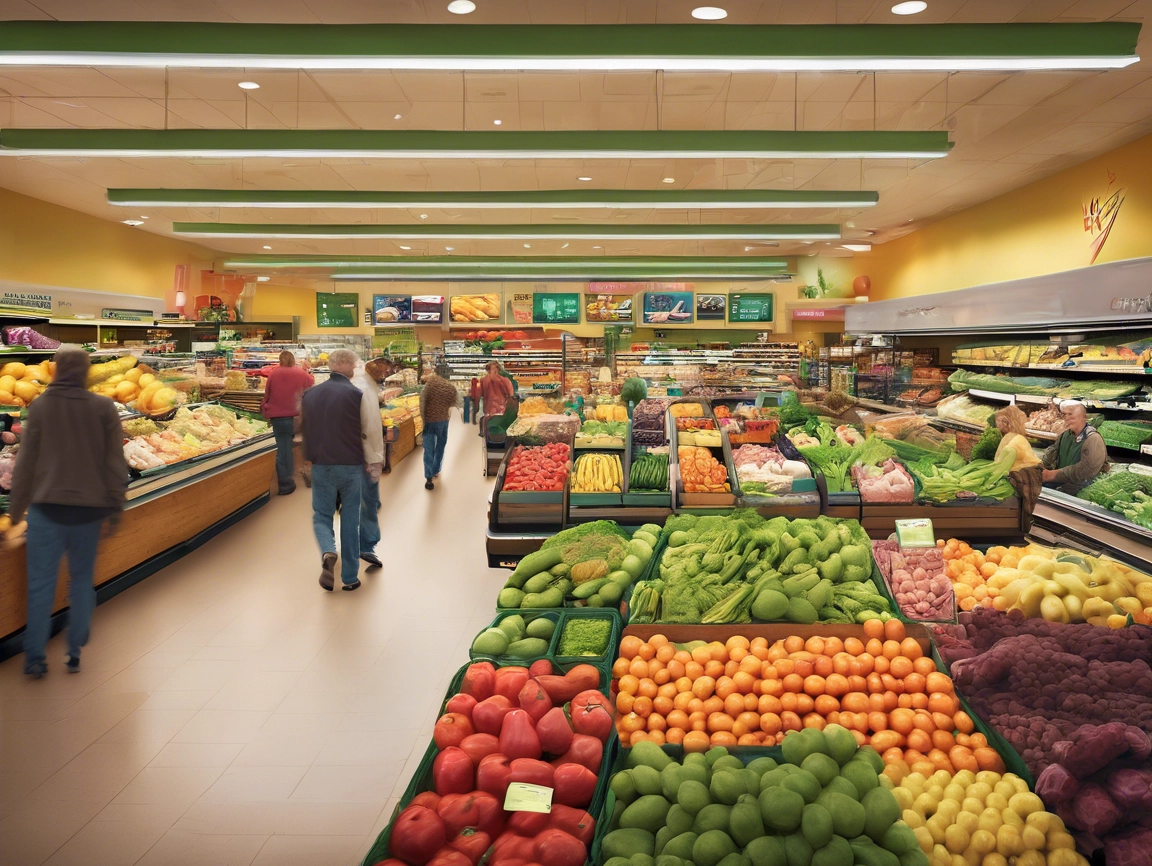Exploring the balancing act between collaboration and competition
Let’s set the scene: You’re a national brand planning your next campaign with a top retailer. You’re investing in retail media, prepping endcaps, and syncing your strategy with their category team. You’re in sync. You’re vibing. You’re aligned.
Then—bam. You walk down the aisle and see it: the retailer’s own product, sitting next to yours. Similar ingredients, eerily familiar packaging, priced just low enough to make you sweat.
So… are you partners or competitors? Friends or foes? Or that strange in-between space we’ll call “frenemies”?
Welcome to the reality of modern retail, where store brands (a.k.a. private label) are no longer an afterthought—they’re a full-blown strategy.
📈 The Store Brand Surge
Private label used to mean generic. Now? It means curated. Designed. Marketed. Sometimes even… aspirational. (We see you, Target’s Good & Gather and Kroger’s Simple Truth.)
Retailers are treating their store brands like legit CPGs—with innovation pipelines, packaging refreshes, influencer campaigns, and yes, their own share of retail media budgets. Why? Because store brands mean better margins, more control over pricing, and stronger differentiation.
But make no mistake: this doesn’t mean retailers are done with national brands. In fact, they need them.
⚖️ It’s All About Balance
Retailers are in the business of curating the right mix—not just for their margin sheets, but for their shoppers. National brands bring recognition, credibility, and innovation. Store brands bring value, exclusivity, and flexibility.
In many cases, they actually complement each other.
Think about it:
- National brands drive traffic and build baskets.
- Store brands fill gaps, drive loyalty, and keep price-sensitive shoppers from walking out.
- Together, they give the retailer range—and that’s what wins the aisle.
So yes, it’s a frenemy dynamic—but a strategic one.
🧠 What This Means for CPGs
If you’re a national brand, don’t panic—pivot. Here’s how to win in a world where your customer is also your competitor:
1. Know your value proposition (and prove it)
Do you have unmatched brand equity? A cult following? Better quality? Unique innovation? Great. Use that. But back it up with data, closed-loop reporting, and media that shows how you drive incremental sales, not just base volume.
2. Lean into innovation and LTOs
Private label often lags in agility. Use your speed to launch seasonal flavors, new formats, or on-trend products that keep shoppers engaged—and loyal to you.
3. Use retail media to stay top of mind
When the shelf is crowded and the price gap is real, awareness wins. Invest in search, display, offsite, and audio to keep your brand visible at every touchpoint of the shopper journey.
4. Collaborate strategically
Yes, the retailer has a private label peanut butter. But maybe your brand can drive basket-building with a paired campaign: “Buy Jif, get store brand bread 20% off.” Win-win.
🤝 Final Thought: Coopetition Is the New Normal
In today’s retail landscape, CPGs and retailers aren’t enemies—they’re co-authors of the shopper experience. The trick is knowing when to compete and when to collaborate.
National brands that embrace this dynamic, rather than resist it, are the ones that stay on shelf, in cart, and—most importantly—in budget.
So the next time your brand ends up next to a lookalike private label item, don’t flinch. Smile. You’re still in the game. Just play it smarter.

